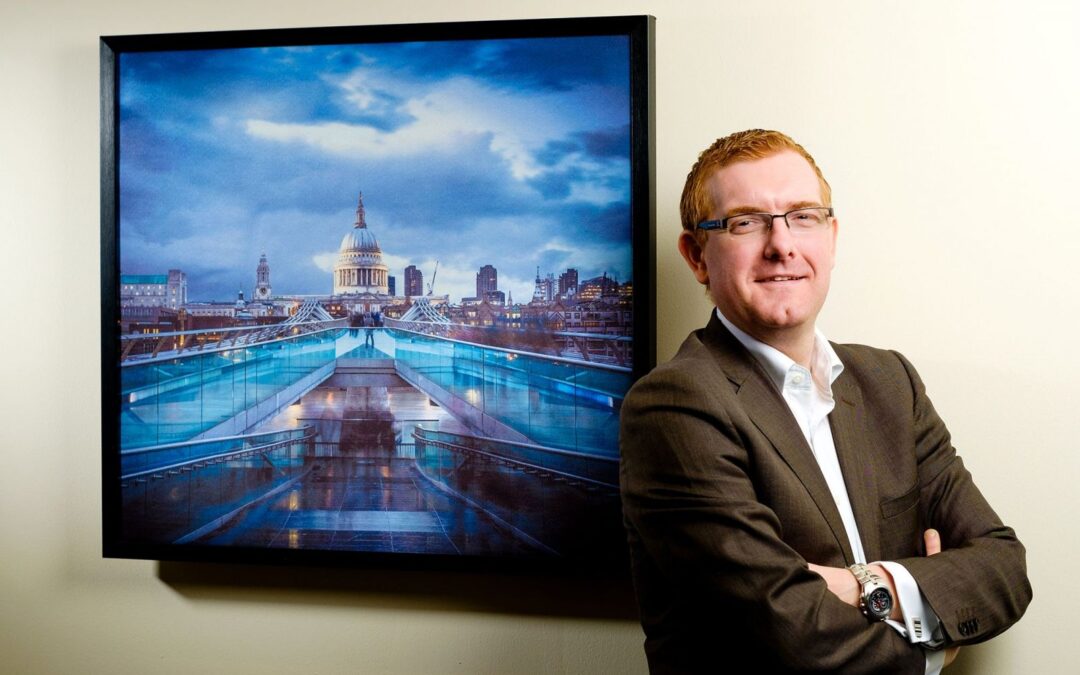The main strength of Crestron is also potentially its biggest weakness; it is completely adaptable and as such, it is like a blank piece of paper. Because of this, there is the danger of creating a system which is not fit for purpose, not because the system itself is no good, but because it doesn’t do what the ETO requires.
A well designed, fully thought out system not only ensures that the features required are presented in an intuitive, well-managed interface, but also that the system has a built-in capacity to grow and adapt as the requirements of the yacht and ETO do too.
An automation system is not a fit-and-forget operation; it is imperative that the dialogue between integrator and ETO continues post-install and a scheduled maintenance plan is in place to adapt as technology changes and progresses.
Support needs to be a mix of planned scheduled maintenance, reactive assistance, education for crew and regular updates to software and firmware. This can all be achieved by a good ETO/integrator relationship and ensures that the system which is installed is not only installed correctly in the first place but continues to meet and exceed requirements as they change and evolve.”
With special thanks to Electric String 



